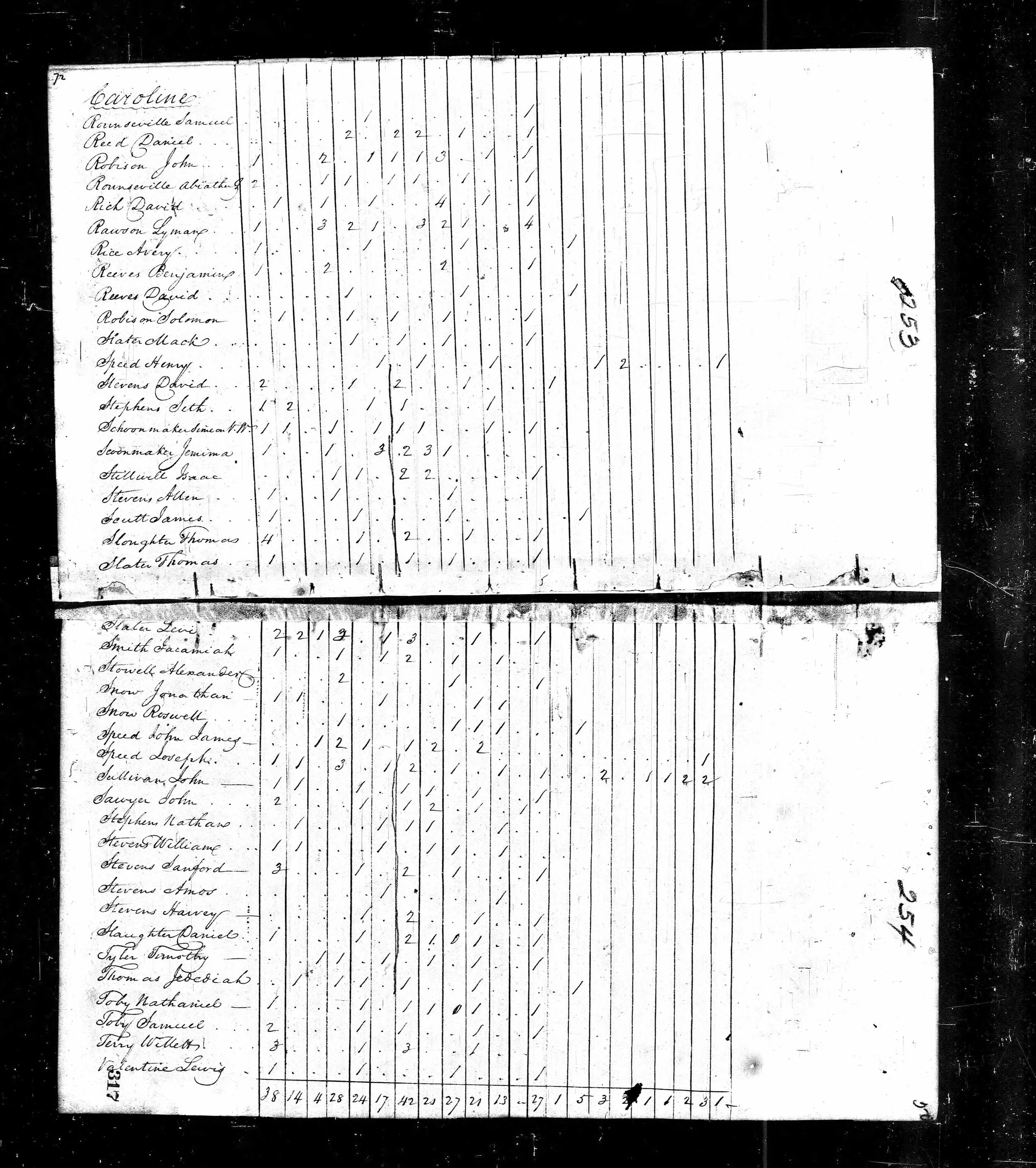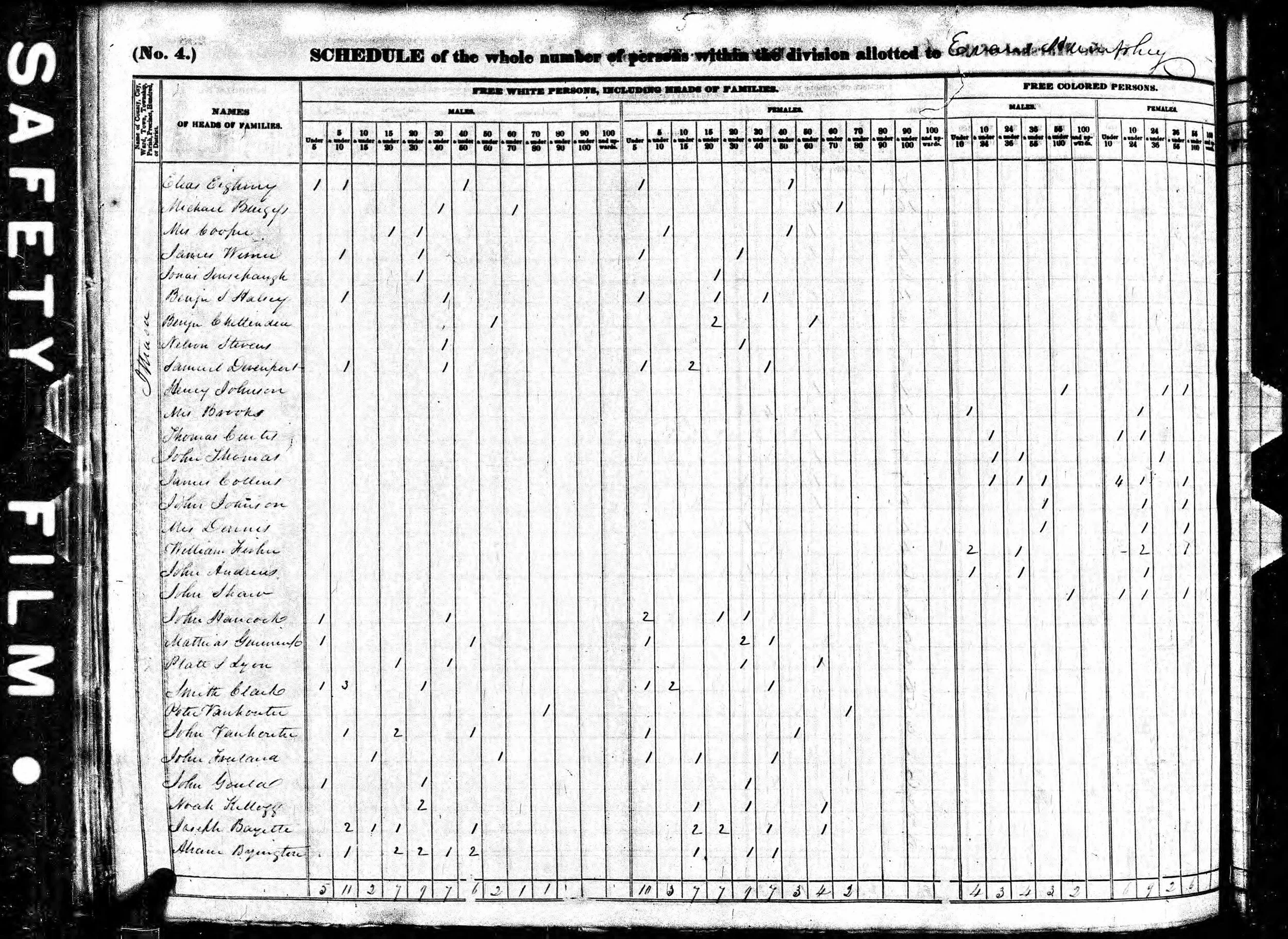Above: Image of the 1829 Burr map of Tompkins County. Sourced from the David Rumsey Map Collection: Cartography Associates.

Above: Image of the 1829 Burr map of Tompkins County. Sourced from the David Rumsey Map Collection: Cartography Associates.

Federal Census of 1820 - Caroline, Tioga County - John James Speed, enslaver of the Webb family, and others present.

Federal Census of 1830 - Ithaca - Several black families living near one another.

Federal Census of 1840 - Ithaca - Several black families living near one another.

Federal Census of 1850 - Ulysses - Simeon Brown & family.

Federal Census of 1860 - Caroline, Tompkins County - John French & family.

Federal Census of 1870 - Trumansburg - Lloyd Dorsey & family.